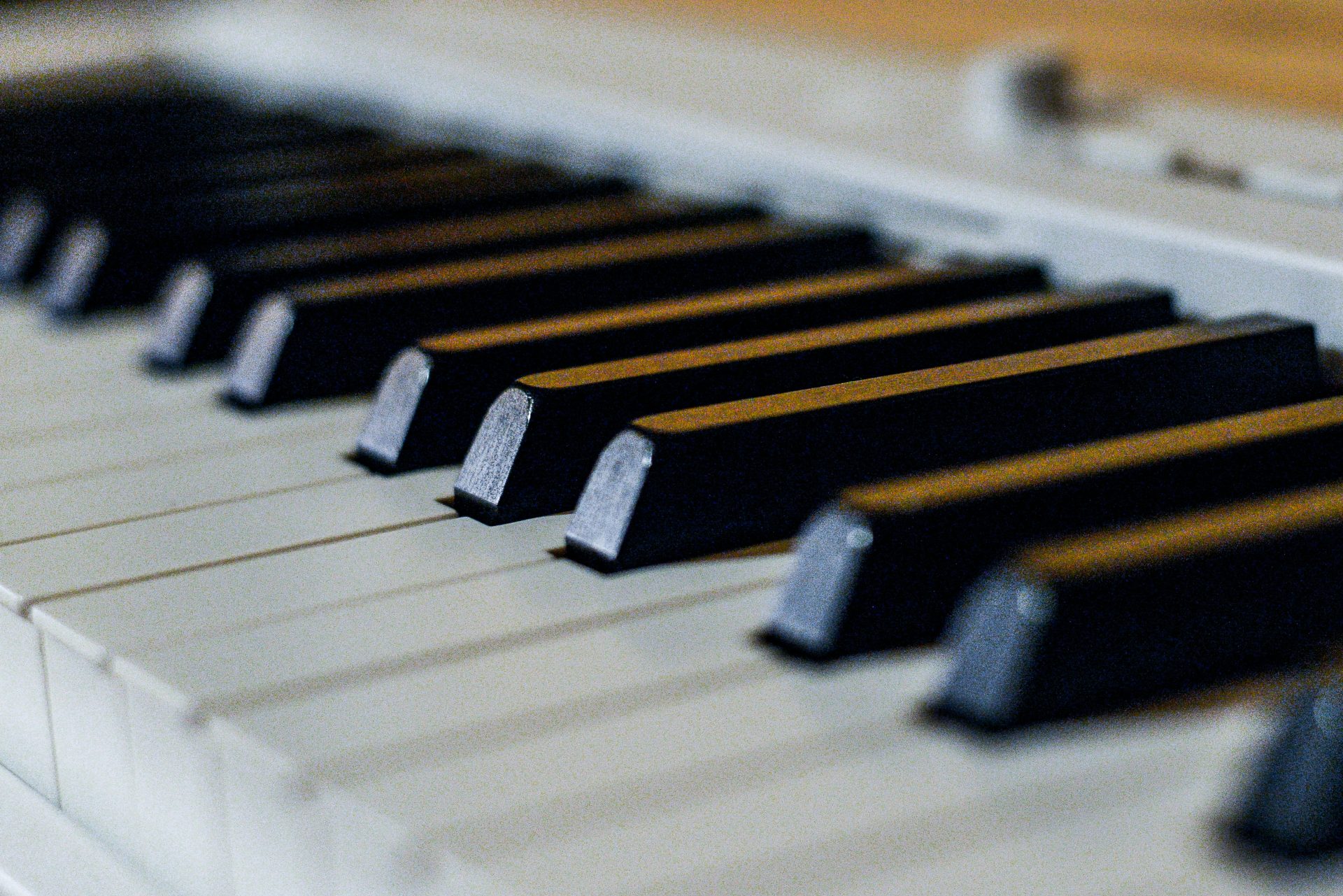Once upon a time, going to a concert meant queuing outside a venue, feeling the bass tremble through your shoes, and screaming the lyrics with strangers who suddenly felt like family. It was sweaty. Loud. Unforgettable. Then, the world changed—and with it, the way we experience music.
Live streaming stepped onto the stage not with a roar, but with a quiet click. One moment you were in your room. The next, you were in Seoul, watching your favorite K-pop group perform live. Or front row at a DJ set in Berlin. Or swaying to an acoustic session in someone’s living room halfway across the world. The venue didn’t matter anymore. The only ticket you needed was a Wi-Fi connection.
At first, live streaming felt like a solution—an emergency bridge across the silence that followed cancelled tours and locked doors. But it quickly became more than that. It became a revolution in how we share art.
Suddenly, the artist wasn’t towering above you on a stage—they were eye-level, face lit by the glow of a laptop screen. The divide between performer and audience thinned. In the middle of a song, someone might glance at the chat and smile. A guitarist might answer questions mid-set. These moments, impossible in stadiums, felt intimate. Real. Electric in their own quiet way.
For many musicians, live streaming offered freedom. They could perform without the weight of travel, crew, or venue rental. They could experiment, be vulnerable, strip a song down to its bones and share it raw. The virtual stage became a place of authenticity. Imperfections were welcome. Connection mattered more than perfection.
But something was lost, too. No screen can mimic the thrum of shared breath in a crowded hall. The goosebumps that rise when an entire audience goes silent just before a drop. The communal magic of voices rising together in chorus. Live streaming offers access—but not atmosphere. It can’t bottle the smell of fog machines, the sting of lasers across your vision, the pulse of live sound felt not just in your ears but your ribs.
Still, for those who couldn’t attend in person—due to geography, money, or health—live streaming was a gift. It opened the gates. Removed the barriers. It made art more democratic, more global, more immediate. A fan in Nairobi could cry at the same piano ballad as someone in New York. Together, apart.
And now, the future stands at a crossroads. Will concerts return to the way they were? Will artists blend both worlds—live and virtual—into hybrid performances that can be felt in a room and across the planet? It’s already happening. Augmented reality sets. Livestream-exclusive encores. Chat-enabled shows where fans shape the setlist in real time.
What’s clear is this: performance is no longer confined to place. It’s a shared moment, stretched across time zones and screen sizes, as powerful in its silence as in its sound.
The stage is bigger now. And every screen—every room—is part of it.

